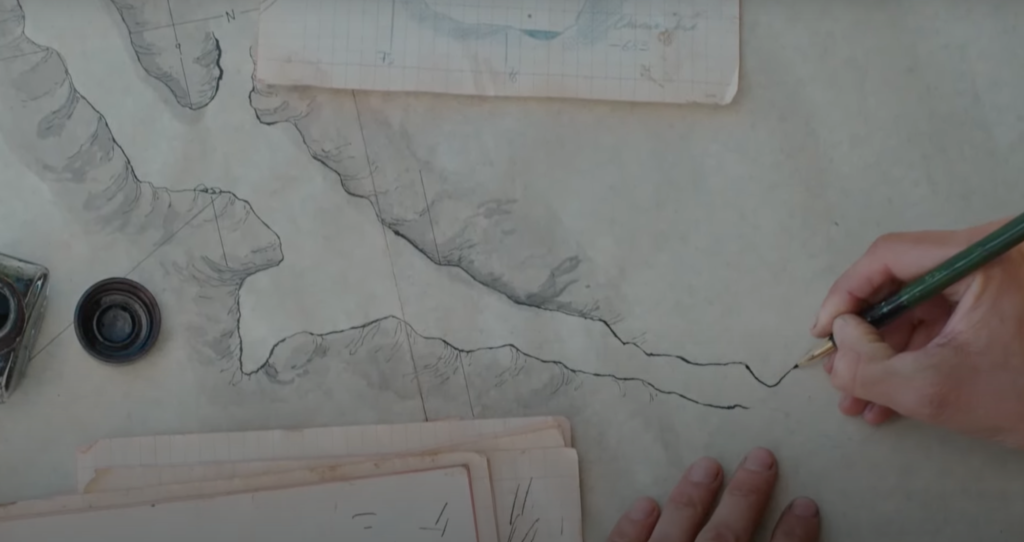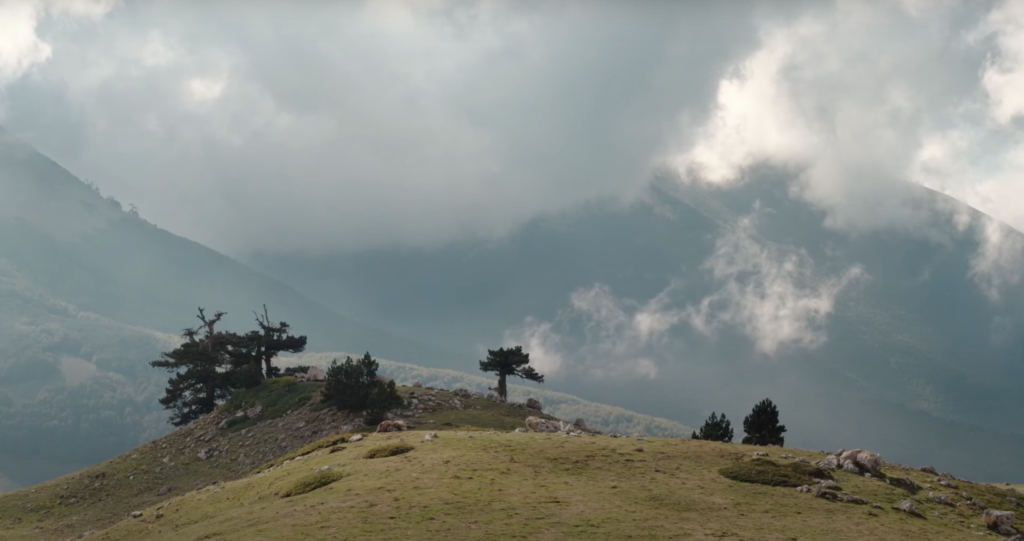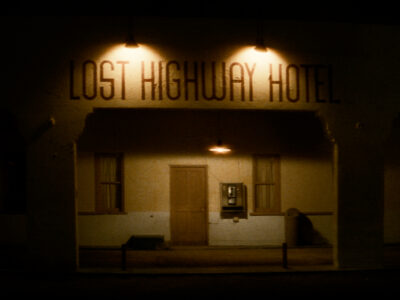Hardie Writes: Il Buco

Nathan Hardie visits Watershed for the screening of Il Buco
The region of Calabria has always been very dissociated from the rest of Italy. Located in what is colloquially known as “the toe of the boot”, it wasn’t until 1861 at the hands of Giuseppe Garibaldi that the area transitioned from the Kingdom of Naples to a United Kingdom of Italy. Yet, despite this formation, they were still severely neglected, treated as uneducated peasants and made sure they remained as such. Finding more solidarity with Sicily in the early 1900s, this rebellious nature continued as they took an antifascist stance against Mussolini during World War 2. Even in the sixties as a republic, the planned investment for infrastructure and transport failed, contributing to the mass migration that had taken place over the last century. However, what Calabria does have in common with Italy are caves. With more than 10,000 caves littered around the country, Calabria’s caves had remained unexplored until 1961, the story of which is shown in Il Buco.
it’s predominantly a visual piece with the sound of nature as its backdrop
Translated as “The Hole”, Il Buco is a film from Italian director Michelangelo Frammartino following the Piedmont Speleological Group. Travelling from their many adventures in Northern Italy, the cavers arrive at a small village where all the inhabitants are gathered around a black & white television. Grainy footage on the screen documents construction of Pirelli Tower, the tallest building in Italy at that time, which perfectly contrasts with the depths about to be explored. It also provides the only piece of subtitled dialogue throughout the feature. Communicating through grunts and mumbles between themselves, it’s predominantly a visual piece with the sound of nature as its backdrop. Capturing truly stunning, picturesque landscapes are almost secondary to the impressive shots taken within the caves, adding to the contrasting theme. Obtaining some of these images would have required precise and intricate measures, a cinematographic feat that creates a very personal though sometimes claustrophobic atmosphere.

Il Buco is an experience in mindfulness
This tone is also presented with the locals. Little snippets such as multiple children lining the streets outside a one room doctor’s office are sprinkled in to add a community dynamic. Whilst it’s business as usual for them, local farmers are having to look after an ageing, sick shepherd. Similarly, to the Pirelli Tower mention, there seems to be an intrinsic link between the shepherd and speleologists, certainly in a metaphorical sense. Depending on your perspective, this will be the deciding factor on how much you enjoy this movie. With no introduction and very limited dialogue, it all remains open for interpretation. Although only based on a true story, its style is closer to a documentary than any dramatic film. As someone who’s very story driven, I spent far too long searching for characters or plot twists when the focus is the journey into the cave all along. Such a change of pace from conflict-based narratives, Il Buco is an experience in mindfulness. There’s something very satisfying about the hands-on methods used to traverse the gaping space and an overwhelming sense of relief after the credits roll.
Have you seen “Il Buco”? What were your thoughts, let us know on our socials








